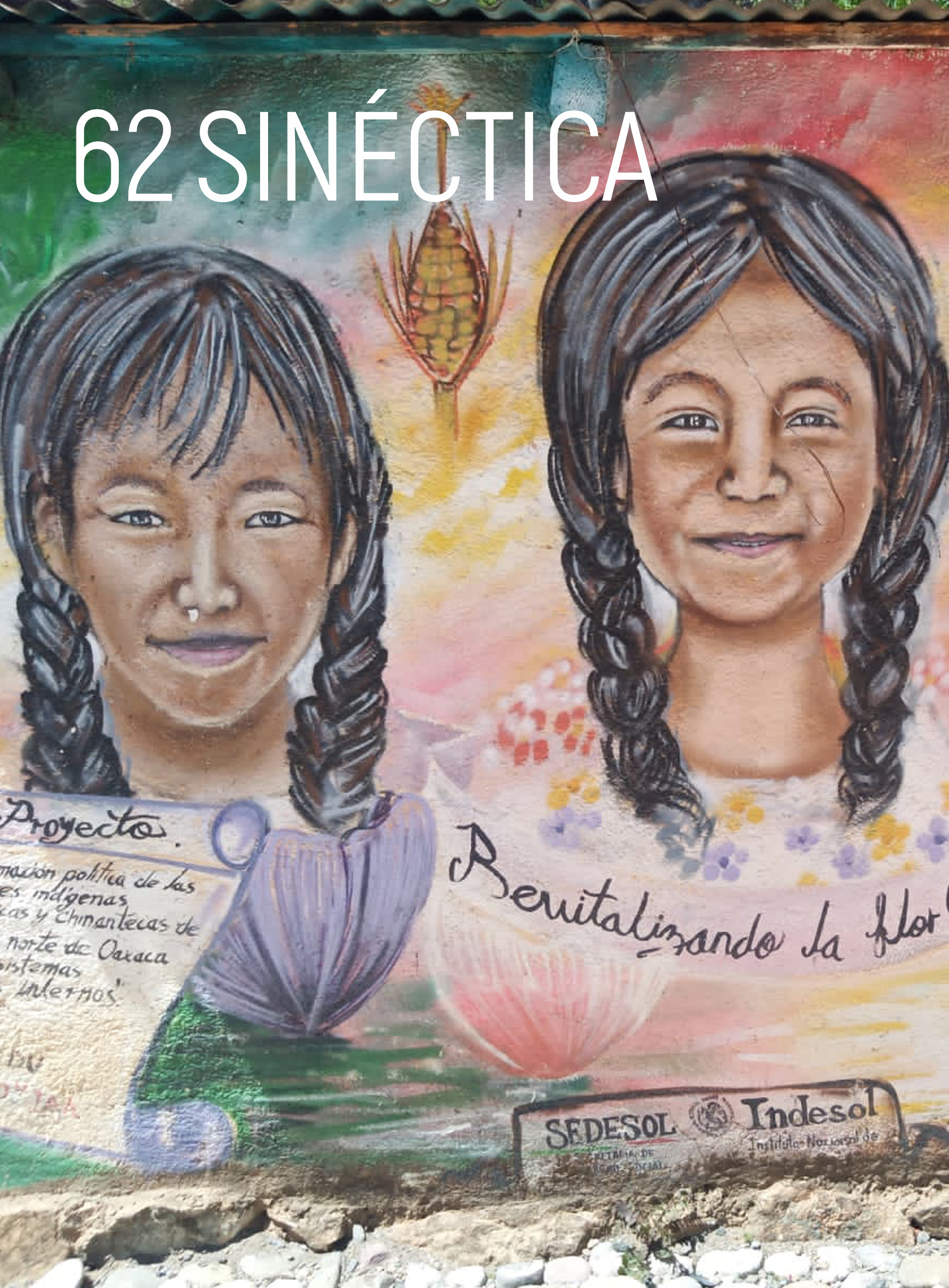Educación rural en escuelas primarias de Cuba
Keywords:
educación rural, multigrado, CubaAbstract
El presente artículo pretende destacar algunas de las razones que permiten explicar el desarrollo de la educación rural en Cuba, país donde los logros educativos que han tenido los alumnos de educación primaria en las pruebas internacionales no muestran diferencias significativas entre los estudiantes de los medios rurales y urbanos, en comparación con lo que ocurre en los demás países latinoamericanos. Se identifican factores como la existencia de una estructura didáctico-administrativa del sistema educativo cubano, en el que participan diversos actores con funciones claras y jerarquizadas; la sólida preparación docente; la existencia de apoyos (como el Canal Educativo osoftware educativos) que permiten al docente atender a alumnos de diversos grados de una manera más personal; el currículo integral, dentro del cual el desarrollo de actividades artísticas y deportivas tiene un peso preponderante; el uso eficiente y creativo de los recursos materiales en el aula; la escolaridad de los padres de familia; y que la educación sea un tema de prioridad nacional por parte del Estado cubano desde hace más de cinco décadas.
Downloads
Downloads
Published
Issue
Section
License
This work is licensed under a Creative Commons Attribution-NonCommercial 4.0 International license.
Authors who publish in Sinéctica agree to the following terms:
The authors retain copyright and grant the journal the right of first publication of the authorized work simultaneously under a Creative Commons Attribution License, which allows others to share the work as long as both the authorship of the work and the initial publication in this journal are acknowledged.
Authors may enter into additional separate contractual agreements for non-exclusive distribution of the published version of the journal (e.g., publishing in an institutional repository or a book), with acknowledgement of initial publication in this journal.
Authors are allowed to publish their work in institutional repositories or on their own website before and during the submission process, as it may generate productive exchanges, as well as earlier and greater citation of the published work.
Explanatory note: As of 2017 Sinéctica is governed by the Creative Commons Attribution Non-Commercial 3.0 International License, a version that standardizes licenses internationally.
Articles published between 1992 and 2016 are covered by a Creative Commons Attribution-NonCommercial-NoDerivatives 4.0 International license, which allows a work to be shared and distributed non-commercially and with acknowledgement of the author, but prohibits modification of the original creation.






















